Fort Polk
About Fort Polk
Fort Polk is Louisiana’s largest military installation and proudly defines itself as “The Home of Heroes.” Rightly so, as its primary mission is to train soldiers, it is the only Army Combat Training Center that trains and deploys combat units.
Constructed in 1941 and named for Confederate general and Episcopalian bishop Leonidas Polk, Fort Polk has always been a training post. It was famously used to stage the Louisiana Maneuvers at the beginning of World War II to test troop preparedness. The Army was changing, transitioning to a modernized, mechanized force, and the Louisiana Maneuvers helped to test how ready the Army was for its next iteration. After WWII, Fort Polk remained open only in the summers, primarily in support of reserve training endeavors.
However, in 1955 Fort Polk was declared a permanent installation and hosted the infamous Operation Sagebrush exercise. Again, Fort Polk played a part in determining how ready the United States was for war—this time nuclear war. Although the exercise was deemed a failure (America was not prepared for nuclear war), Fort Polk was here to stay. Fort Polk trained and sent more soldiers to Vietnam during the Vietnam War than any other American training base.
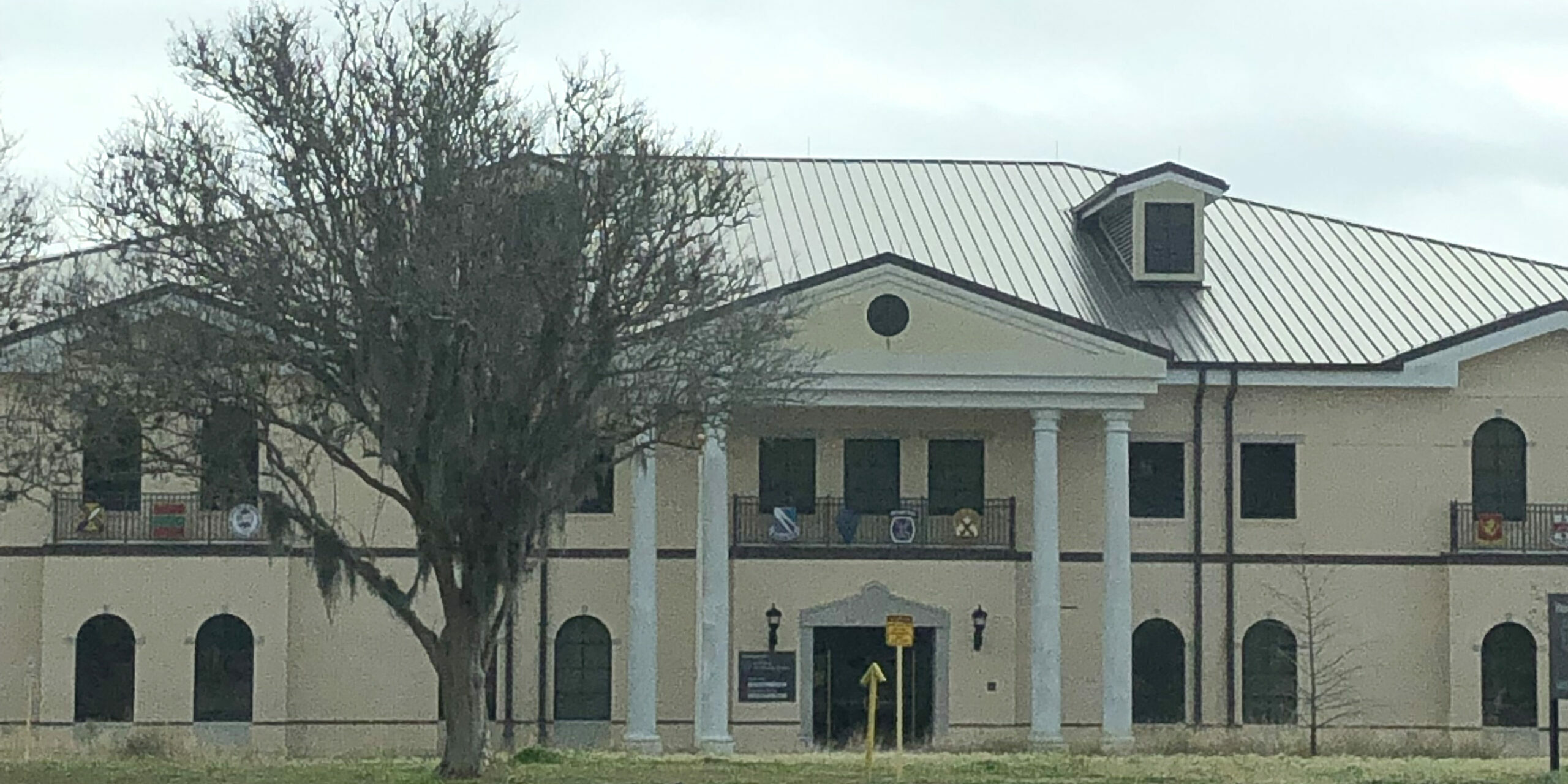
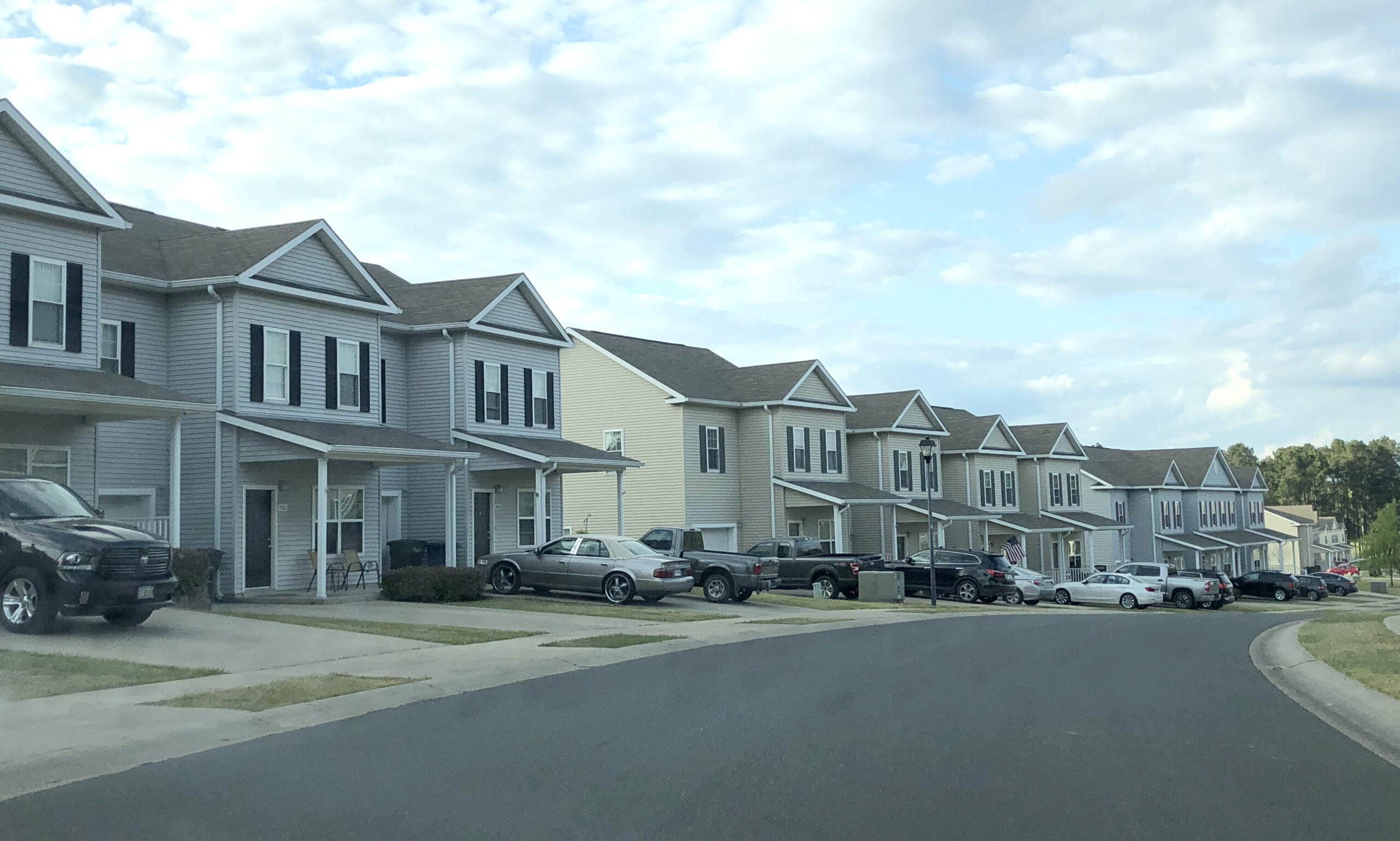
Fort Polk is home to the 3rd Brigade Combat Team, the 10th Mountain Division, the 115th Combat Support Hospital, and the Joint Readiness Training Center (JRTC). The latter is one of the Army’s three “dirt” combat training centers and focuses on realism in training.
Fort Polk comprises approximately 198,000 acres and is home to thousands of archeological sites. These are mostly Native American sites, ranging from the Paleoindian Period (ca. 10,000 BCE) up to the Prehistoric Era (ca. 1600 CE), that have given scientists a much clearer picture of how early humans lived. Today, Fort Polk works closely with Native American tribes culturally and historically connected to the area to manage the land most effectively.
Fort Polk is steeped in history, with a long past of proudly serving both its country and its community. It is the largest employer, by far, in the area. Be proud that you are now part of “The Home of Heroes.”
About Leesville
Leesville is the parish seat of Vernon Parish, Louisiana. Yes, that’s right—you are no longer in the land of counties ut parishes. There is pride in doing things a little bit differently here in Louisiana.
Officially, the town of Leesville is home to roughly 6,500 people, but when the numbers are combined with those of Fort Polk, that number swells to about 25,000. So, as the city’s homepage boldly states, “Welcome to the best hometown in the world.” Leesville has been around since 1871 but wasn’t formally incorporated until February 1900. Founded by Dr. Edmund E. Smart, whose family plantation can still be found downtown at the corner of First Street and Lula Street, the city’s name came from Dr. Smart’s father, who named it in honor of General Robert E. Lee.
Today, Leesville boasts a robust and patriotic community proud to serve alongside some of our nation’s finest warriors. It strives to provide big-city amenities while maintaining the good, downhome Southern manners it’s famous for. Its low cost of living and reasonably priced real estate make it a good fit for many. While some people cringe when they think of moving to Louisiana, those living in Leesville believe it is one of their best assignments. The city has several annual festivities, including Mayfest, held the first weekend of May. The town celebrates food, family fun, and live entertainment for two days. In addition to festivals and fun activities, Leesville and the surrounding area also offer plenty of outdoor recreation opportunities, from hunting to bird watching and everything in between.
With summer temperatures that soar into the 90s, you’ll want to cool off however you can. Although, the mild winters do make up for those hot, sticky summers. Check out nearby Kisatchie National Forest or Toledo Bend Lake and Reservoir, the largest man-made lake in the South.
Louisiana is more than New Orleans. It’s full of rich, colorful history and proud, strong people. Leesville may be smallish, but it’s only an hour away from Lake Charles and 90 miles from Shreveport. With plenty to do and easy road trips, Leesville offers so much.
Neighborhoods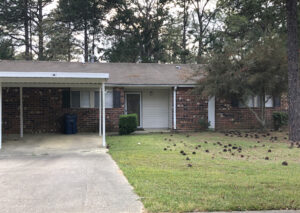
Fort Polk and its surrounding area are all about community. There aren’t exactly neighborhoods per se, but there are communities. The biggest plus (and minus) to life at Fort Polk is that you are smack dab in the middle of small-town, southern America. As well, all the surrounding communities are highly supportive of the military. Your children won’t be just a number at school or in activities. They’ll be known by many by name. Speaking of schools, Fort Polk has some of the best in the state, with at least one elementary school boasting a Principal of the Year at its helm. Roads are not great, so keep that in mind as you make your housing decisions. If you like hiking, camping, fishing, and other outdoor activities, you’ll enjoy Fort Polk, except maybe for the dead of summer when iced tea, air conditioning, and chats with good friends will become your favorite pastimes. In addition to small-town country
living, Louisiana boasts some truly exceptional food. So enjoy all the mom-and-pop restaurants you’ll find in the nearby communities.
Looking at relocating?
Enter your information below and we will reach out to help the process.
Nearby Neighborhoods
Fort Polk
Many families opt to live on post as it is challenging to make the BAH stretch if you plan to rent. As a result, there is a significant wait list for housing. If you’d like to live on post, sign up as soon as possible. Fort Polk offers privatized housing in three major neighborhoods, providing playgrounds, picnic areas, and state-of-the-art community centers. In addition, Fort Polk supports two elementary schools, one for pre-K through first grade and one for second through fourth grades. All other children will attend off-post schools. Housing is currently undergoing some moderate interior renovations, so availability in some housing sections may be limited.
Big Plus
- Two words: No commute!
- The two on-post elementary schools are highly convenient
- You’re near post amenities
- The housing is modernized
Things to Consider
- There’s a big difference between the renovated and non-renovated
homes - You’re looking at a potentially long waitlist
Anacoco
This small town of around 800 people is located 17 miles from Fort Polk. It offers a laid-back, slower-paced environment that caters to families. Anacoco is home to South Toledo Bend Park, a popular park for those who live in the community. It is also close to Toledo Bend Lake, ranked the country's #1 bass fishing lake. Commute time is roughly 25 minutes and can be on some not-so-great roads. Housing is affordable if you choose to purchase, but you may be out of pocket money if you decide to rent—many military families who opt not to live on post call Anacoco home.
Big Plus
- The small-town, community feel attracts many military families
- This area offers proximity to parks and recreation opportunities
- Good area schools appeal to families with school-age children.
Things to Consider
- Commute time is about 25 minutes
- You’ll sacrifice proximity to post amenities
- BAH may not cover rental prices in this area
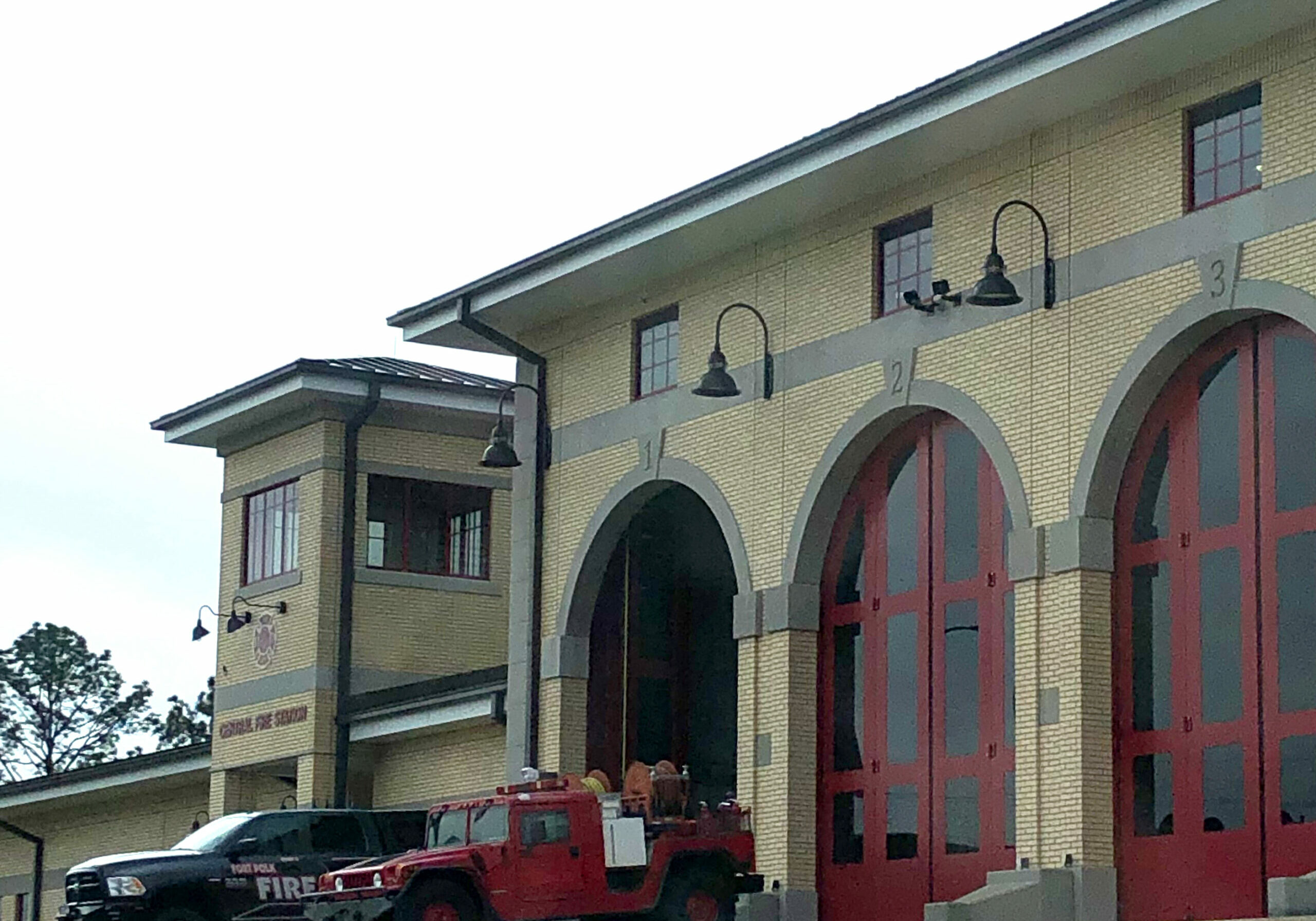
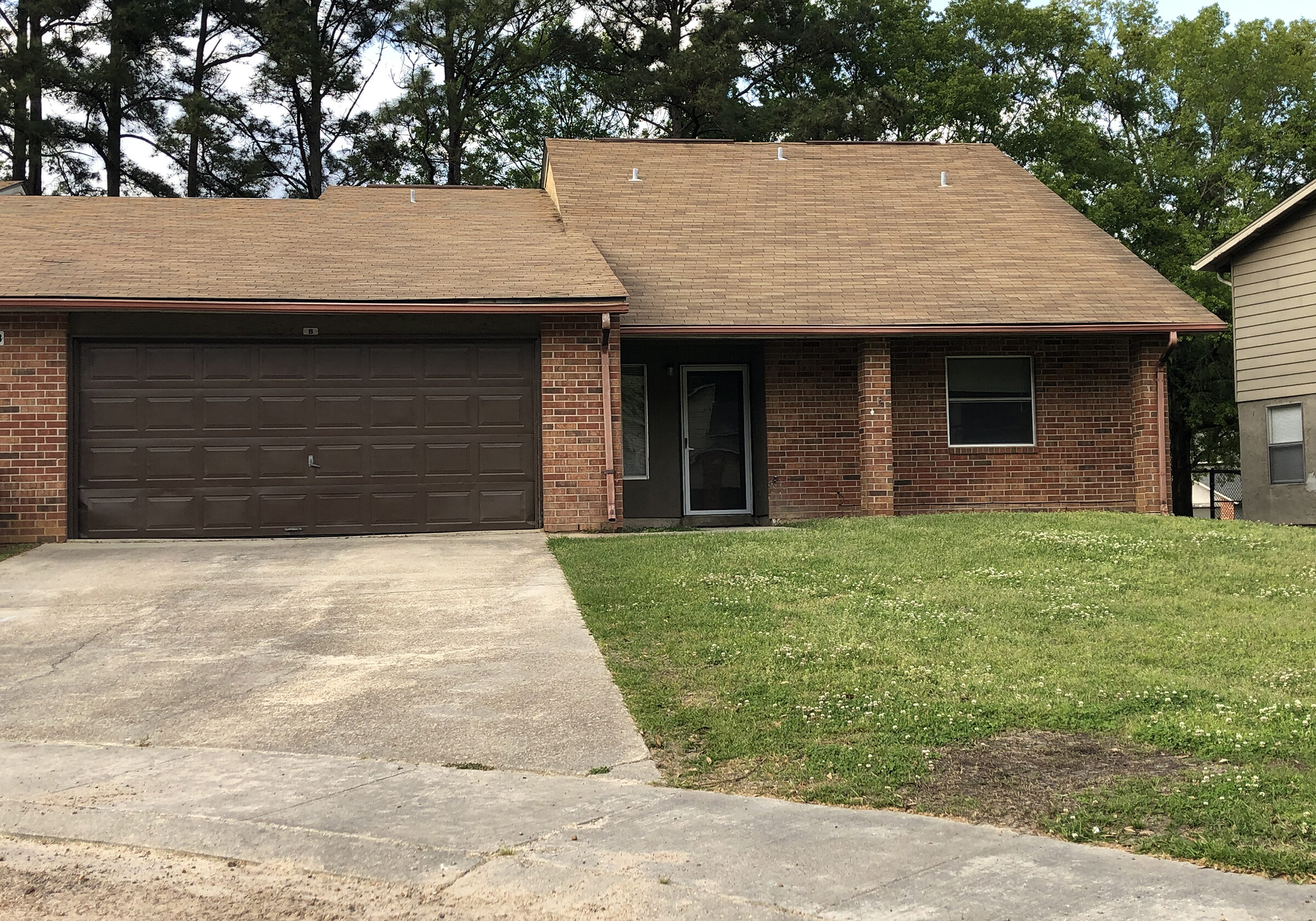
Rosepine
Located 20 minutes southwest of Fort Polk, Rosepine is another popular community for military families who choose to live off post. With a population of around 1,400, it is one of the larger communities in the area. There are charming mom-and-pop stores in abundance. Rosepine proudly supports the military and took steps in 2018 to create formal ties between its community and Fort Polk by entering into an agreement where it provides maintenance and custodial services to the post. As with all surrounding communities, Rosepine housing is affordable for purchase but may be a little expensive if you choose to rent.
Big Plus
- Here you’ll find a supportive, small-town community.
- This area provides proximity to parks and recreation opportunities.
- Good area schools appeal to families with children.
Things to Consider
- Be sure to factor in commute time to Fort Polk.
- You won’t be as close to post amenities.
- BAH may not cover rental rates in this area.
DeRidder
A little farther south of Rosepine is the community of DeRidder. With a population close to 10,000, it is one of the larger communities in the greater Fort Polk area. DeRidder is known for its old-world architectural buildings and rich history. It offers a serene, peaceful atmosphere with access to outdoor activities, including the Wild Azalea Hiking Trail, which boasts spectacular waterfalls. Due to its size, DeRidder offers a few more amenities like those typically seen in big cities, such as some chain stores and restaurants.
Big Plus
- Good schools are a draw for families of school-aged children.
- This area offers proximity to parks and recreational opportunities.
- DeRidder has a bigger-town feel, particularly when it comes to amenities.
Things to Consider
- The commute time to Fort Polk is long.
- You lose proximity to post amenities living here.
- BAH may not cover rental prices in this area.
7 Reasons You Should Consider Buying a Home
1. TAX ADVANTAGES
To encourage homeownership, the IRS has provided many tax breaks for owning a home. Credits may be available for specific home improvements, such as using clean energy or for qualified first-time home buyers. The way most homeowners see those advantages is through income tax itemization and deductions like mortgage interest and real estate taxes.
2. STABALIZE MONTHLY HOME COSTS
Owning your own house is one of the safest bets on stabilizing your monthly home costs. There’s no worry of rent getting increased significantly after each year of living in someone else’s home. Additionally, when you answer to yourself, there is no worry of landlord changes or unexpected lease termination.
3. HOUSE HACKING
Generally speaking, house hacking is a smart strategy that involves renting out a portion of your primary residence as a means of generating income to offset your own living expenses. Think turning your finished basement or mother-in-law quarters into an AirBnB! Or consider purchasing a multi-unit duplex or triplex: live on one side and rent out the other! If your home making money while you’re living in it doesn’t sound like your thing, there’s always renting it out after you PCS as an income generating investment property.
4. Increased Privacy
Generally speaking, house hacking is a smart strategy that involves renting out a portion of your primary residence as a means of generating income to offset your own living expenses. Think turning your finished basement or mother-in-law quarters into an AirBnB! Or consider purchasing a multi-unit duplex or triplex: live on one side and rent out the other! If your home making money while you’re living in it doesn’t sound like your thing, there’s always renting it out after you PCS as an income generating investment property.
5. Pets Are Welcome!
For those who choose to rent instead of buying, it can be extremely difficult to find rentals who allow for your
four-legged, furry friends. Landlords often require hefty pet deposits or place heavy restrictions on the number of pets and breeds they allow—if they will even allow pets. When considering quality of life, including beloved pets and the indoor and outdoor space available to them matters. Having the flexibility to include ALL members of your family as a homeowner is priceless!
6. Pride of Ownership
One of the greatest benefits of owning your own home is the pride of ownership that comes along with it. Not only are homeowners more inclined to take good care of their investment with routine maintenance and cleaning, but also they are free to make design choices ranging from hanging artwork on the walls, to paint colors, to customization of closets, electronics, and more. As military families who relocate frequently, having your home reflect who you really are feels important.
7. Safe and Stable Long Term Investment + Forced Savings
Owning a home has historically been one of the safest, lowest risk financial investments that tends to have long-term stability and success. As your home value appreciates and your mortgage balance decreases, what’s left is growing equity with an eventual paid off home. Making a monthly house payment is akin to setting aside a specific amount each month into a savings account—it’s a little difficult to access in the moment, but over time it can build into something significant in the form of equity.

FIVE RESOURCES TO HELP YOU IN YOUR RELOCATION PROCESS

Your PCS is underway!
The home buying and moving transition process has begun. Now what? If it feels like there are a million things to do, don’t fret because you don’t have to do them all yourself. During the relocation process, there are many service providers that can assist you in making your move a smooth one.
Consider these five resources to help you in the process
1. MOVING COMPANIES
Sure, the military offers transportation and relocation services, but many service members decide to coordinate the transfer of household goods themselves. Not only can you often earn money on the difference between moving costs and weight allowances, but you can be assured that you have more control over your belongings. Services that moving companies offer can range from delivery of boxes and pods for the “you-pack” model all the way to full-service logistics companies that will do all of the packing, loading, driving, and unpacking for you.
2. STORAGE
Whether you need to store your household goods for a few weeks until you close on your home or you decide that you have more stuff than square footage, storage companies abound. Sizes, conditions, and contracts vary widely so be sure to do your homework before you commit. Particularly in climates with extreme cold, heat, or humidity, it is important to consider using only climate-controlled storage to ensure the protection of your furniture and temporarily unused items.
3. TEMPORARY HOUSING
It is not uncommon for there to be a short gap of time during a military move between when you arrive at your new duty station and your new home being available to inhabit. No longer are hotels the only option for sticking out a few days or weeks during the wait. Vacation Rentals by Owner (VRBO) and Airbnb are great options to make you feel more at home while you wait for your home. In fact, why not take advantage of seeing your new city through the eyes of a tourist? Find a location near new local attractions and dining and enjoy a few days of getting to know the lay of the land.
4. USPS/IRS
Once you get settled in at your new home, it’s important that you alert agencies that will make sure your current and up-to-date address is on file. The United States Postal Service (USPS) and the Internal Revenue Service (IRS) are two of the most important and by doing so, any important mail or documents in your name should be forwarded or sent along to your new address. It’s also a good idea to notify banks, credit card companies, and other debt collectors of a change of address. These days nearly all of these transactions can be handled online.
5. DISCARD & DONATE SERVICES
No matter how much you purge, toss, organize, minimize, or donate before you pack up the moving truck, it never fails that after you get unpacked on the other side there seems to be more stuff to declutter. Discard and donate services can help with this. Many are a phone call away and will happily come to your residence for a pickup. Others are structured where you simply drop off at a store. A lot of these services are charitable organizations and will offer you documentation for your own taxes based on your donation. It’s a win-win: you downsize by donating, and someone else benefits from your use of your items.

